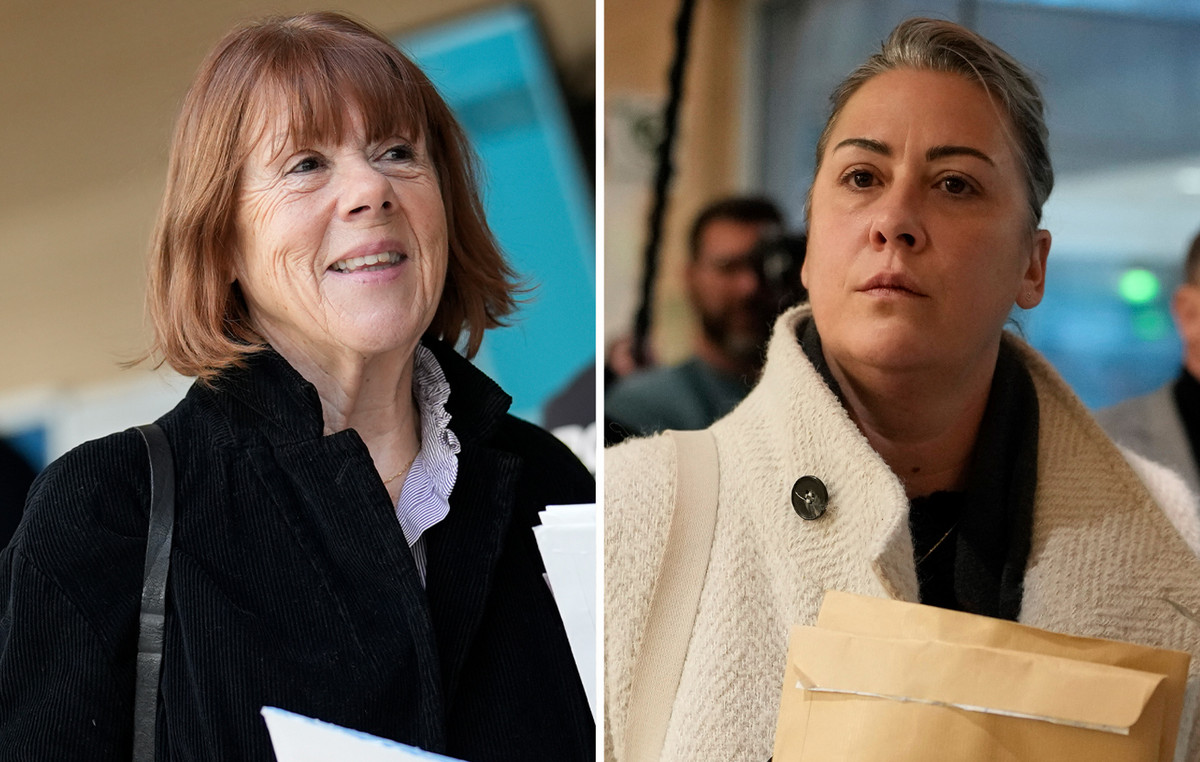An international initiative based at Harvard University (USA), called the Giza Project, has reconstructed in a 3D model the Great Pyramid of Giza, that of Cheops, and its surroundings as they must have looked in Ancient Egypt. Those interested in learning more about this civilization, one of the most important in the history of humanity, can take the virtual tour by accessing the initiative's website.
Through the website, it is possible to take tours of the Great Sphinx, the interior of the Pyramid of Giza and the tombs of Egyptian royalty. On some virtual visits, the user can also read information about the buildings in Portuguese.
Today, documents and images about ancient Egypt are scattered around the world. Some relics have disappeared, been destroyed or stolen. Over the centuries, many of the tombs and monuments have been dismantled or weathered.
The initiative became a way to visualize some of the structures of Ancient Egypt. One of the intentions of the 3D reconstruction initiative is to make this study accessible to many students.
The tour of the Tomb of Ramses I, for example, allows you to explore the king's burial chamber and also learn a little more about his history. Ramses' family was responsible for building large stone monuments.
He ruled for just 18 months, but played a key role in stabilizing Egypt after the disruption brought about by the Amarna Period. His tomb is more humble compared to that of other kings, which reflects his non-royal origins until he became the founder of one of the most important dynasties in ancient Egypt.
The Giza Project
Starting in 2011, the project gathers, selects and presents records of the archaeological site and its surroundings. This data was used to develop the Giza 3D virtual environment, or in English, Giza 3D.
According to the presentation on the initiative's own website, the Giza Project began with a small team from Harvard that already had experience in mastering archaeological information management methods with the Boston Museum of Fine Arts' Giza Archives Project.
Between 2010 and 2011, support from a foundation helped digitize and post the university's archeology documentation online for free. Later, there was a partnership with other institutions around the world that also had collections related to the Pyramids of Giza.
Source: CNN Brasil
Charles Grill is a tech-savvy writer with over 3 years of experience in the field. He writes on a variety of technology-related topics and has a strong focus on the latest advancements in the industry. He is connected with several online news websites and is currently contributing to a technology-focused platform.







